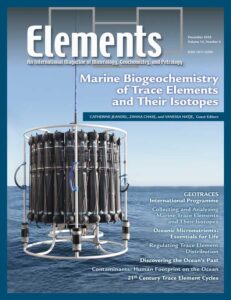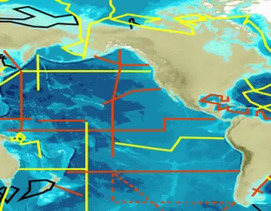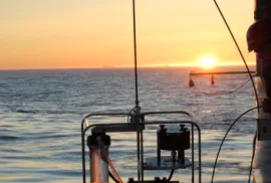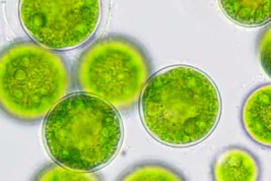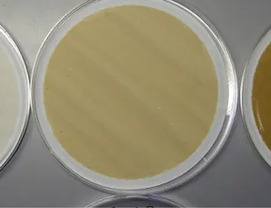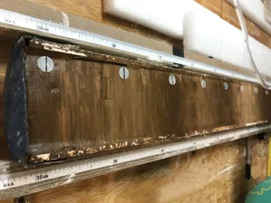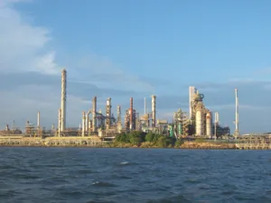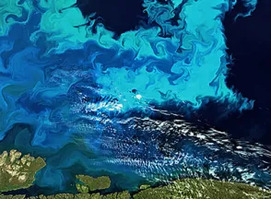Marine Biogeochemistry of Trace Elements and Their Isotopes
Catherine Jeandel, Zanna Chase, and Vanessa Hatje – Guest Editors
Table of Contents
The field of marine geochemistry is exploding these last two decades. During the 1980s and 1990s, the scientific community developed a geochemical toolbox to study key ocean processes, based on the concentration and isotopic composition of trace elements. The multiple processes at play in the ocean led the community to join forces and combine, at a global scale, the information provided by individual tracers to tackle big questions in oceanography. These were the motivations to create GEOTRACES, an international program of marine geochemistry. The key questions include the sources, internal processes and sinks of the elements; the services and functioning of marine ecosystems; the ocean’s role in climate variability; and the transport and fate of contaminants in the ocean. This issue will introduce the reader to the fascinating exploration of the big questions in ocean science using the chemistry of the infinitely small in seawater.
- GEOTRACES: The Marine Biogeochemical Cycle of Trace Elements and Their Isotopes
- New Tools, New Discoveries in Marine Geochemistry
- Oceanic Micronutrients: Trace Metals that are Essential for Marine Life
- Processes that Regulate Trace Elements Distribution in the Ocean
- Discovering the Ocean’s Past Through Geochemistry
- Trace-Metal Contaminants: Human Footprint on the Ocean
- Changing Trace Elements Cycles in the 21st Century Ocean
Related ELEMENTS Toolkit: GEOTRACES Data Products
Analab
Cambridge University Press
CAMECA
Excalibur Mineral Corporation
GAC-MAC-IAH Conference
Geomological Institute of America
International Associations of Geoanalysts
International Centre for Diffraction Data
IsotopX
Lochaber Geopark
ProtoXRD
Savillex
Volume 15, Number 1 (February) • Planet Mercury
GUEST EDITORS: Bernard Charlier (University of Liège, Belgium) and Olivier Namur (KU Leuven, Belgium)
Mercury is unique among terrestrial planets because of its very high metal/silicate ratio. The NASA MESSENGER mission ended in 2015 and significantly advanced our understanding of the deep structure of the planet as well as our comprehension of Mercury’s volcanic history and crust formation. The European Space Agency (ESA) recently launched the BepiColombo mission on October 2018. The “Planet Mercury” issue will summarize the latest developments in light of MESSENGER data and perspectives for the BepiColombo mission on internal structures and surface processes, based on insights from geophysics, geochemistry, igneous and experimental petrology and volcanology.
- Origin and Differentiation of Planet Mercury
Bernard Charlier (University of Liège, Belgium) and Olivier Namur (KU Leuven, Belgium) - Exploration of Mercury: From MESSENGER to BepiColombo
Sean Solomon (Columbia University, USA) and Johannes Benkhoff (ESA/ESTEC,
The Netherlands) - Mercury: Inside the Iron Planet
Steven A. Hauck II (Case Western Reserve University, USA) and Catherine Johnson (University of British Columbia,
Canada) - Volcanism on Mercury
Rebecca J. Thomas (University of Colorado, USA) and David A. Rothery (The Open University, UK) - The Surface Composition of Mercury
Larry R. Nittler (Carnegie Institution of Washington, USA) and Shoshana Z. Weider (Carnegie Institution of
Washington, USA) - Mercury: Differentiation under Reducing Conditions
Camille Cartier (Université de Lorraine, France) and Bernard J. Wood (University of Oxford,
UK)
- Planet Mercury (February 2019)
- Reactive Transport Modeling (April 2019)
- South Aegean Magmatic Arc (June 2019)
- Weathering: A Unifying Process in the Geosciences (August 2019)
- Catastrophic Perturbations to Earth’s Carbon Cycle (October 2019)
- Kimberlites (December 2019)



